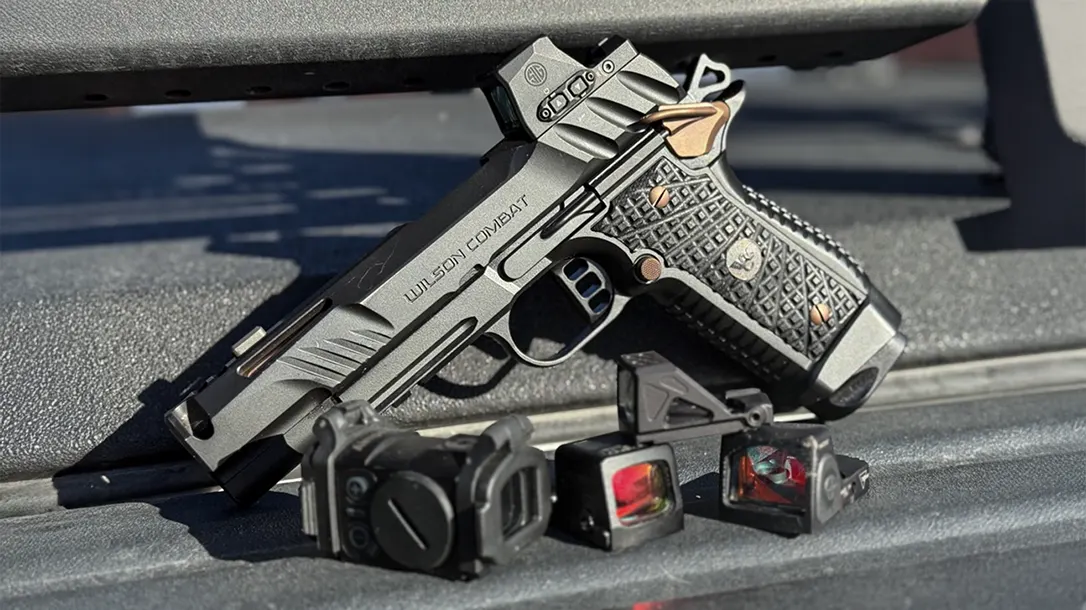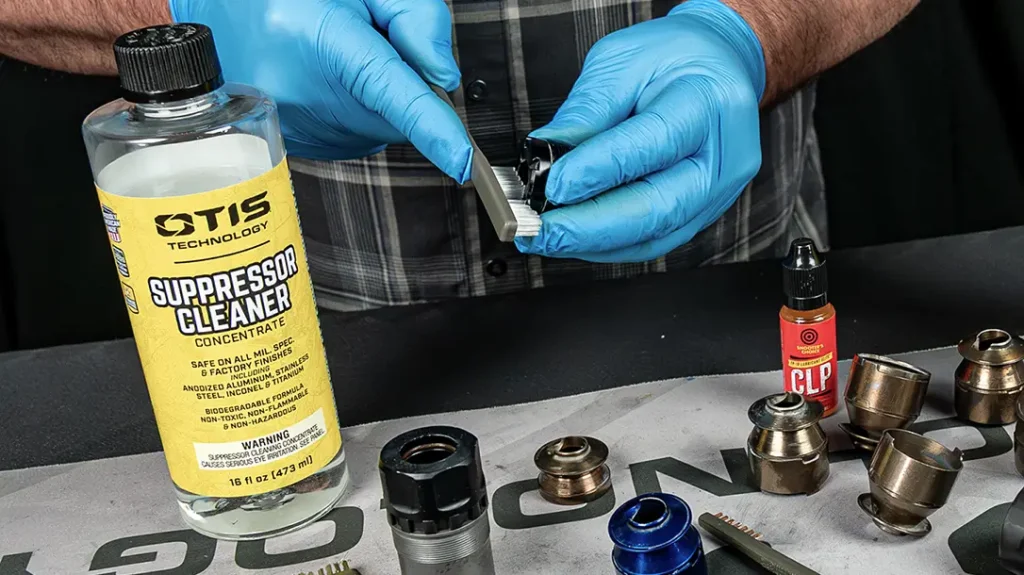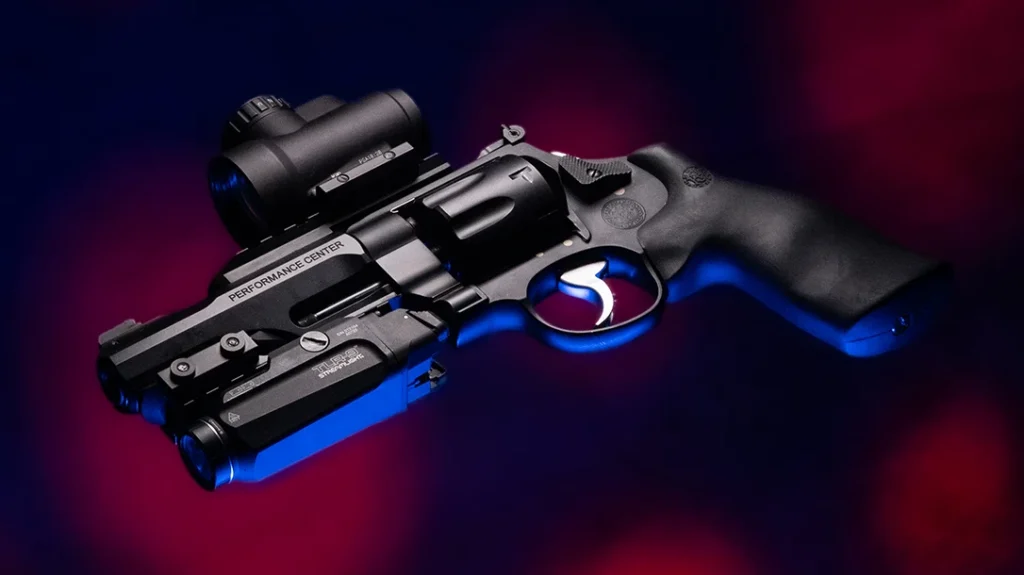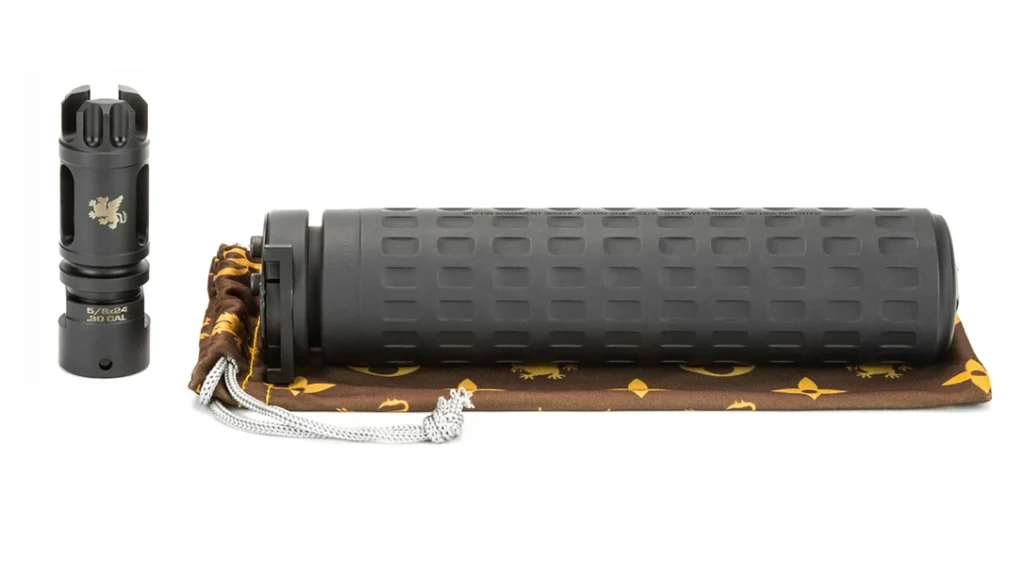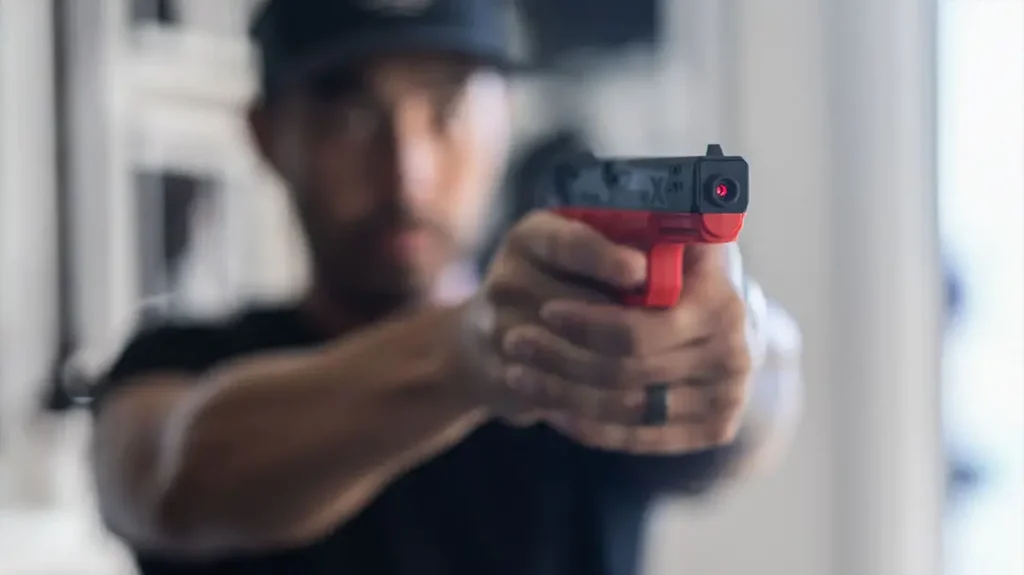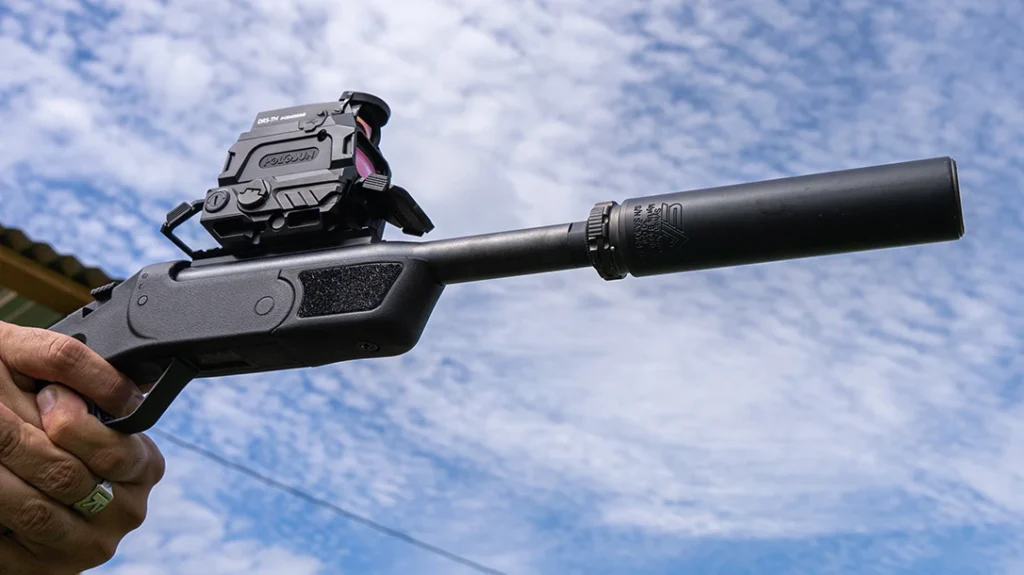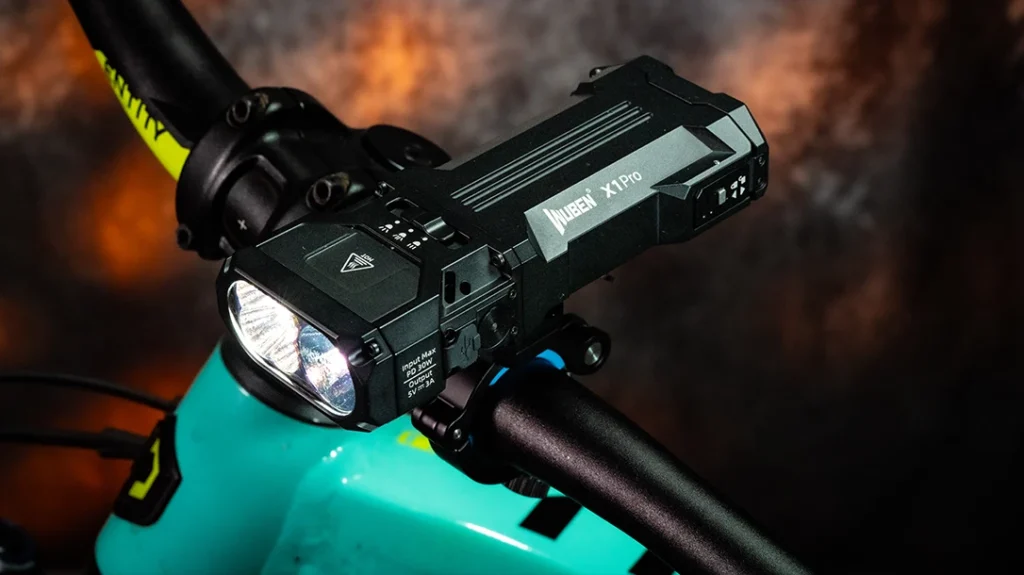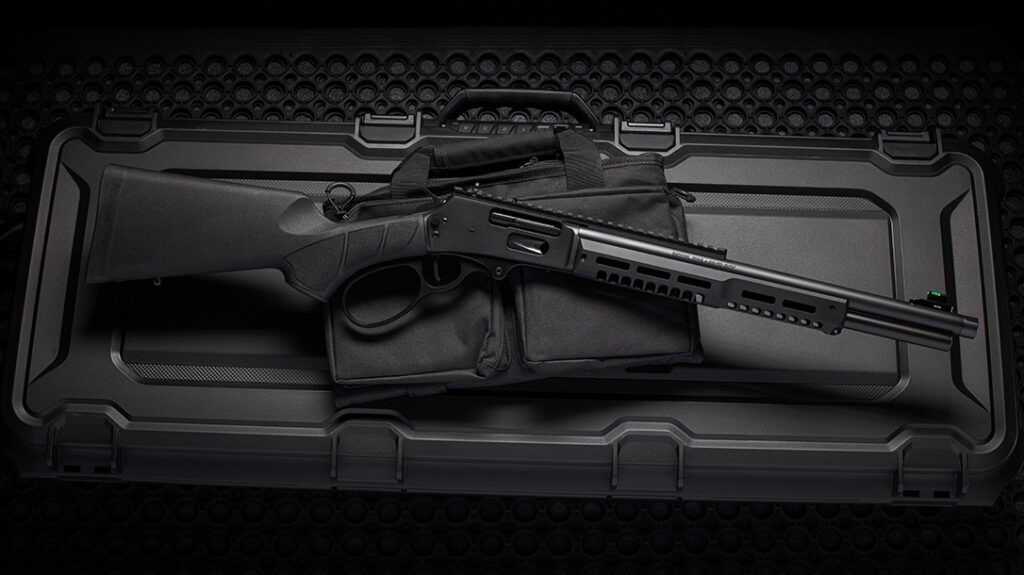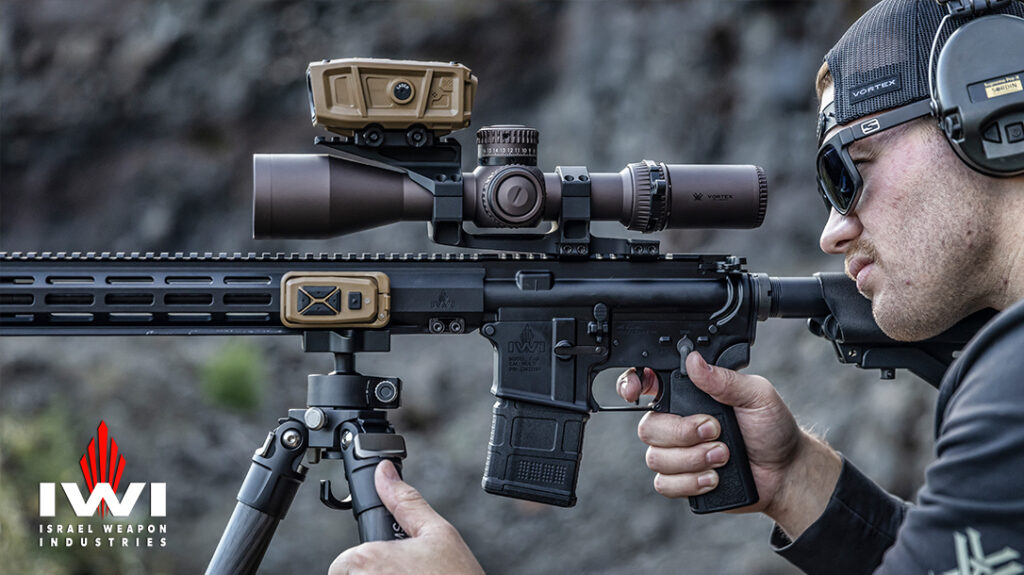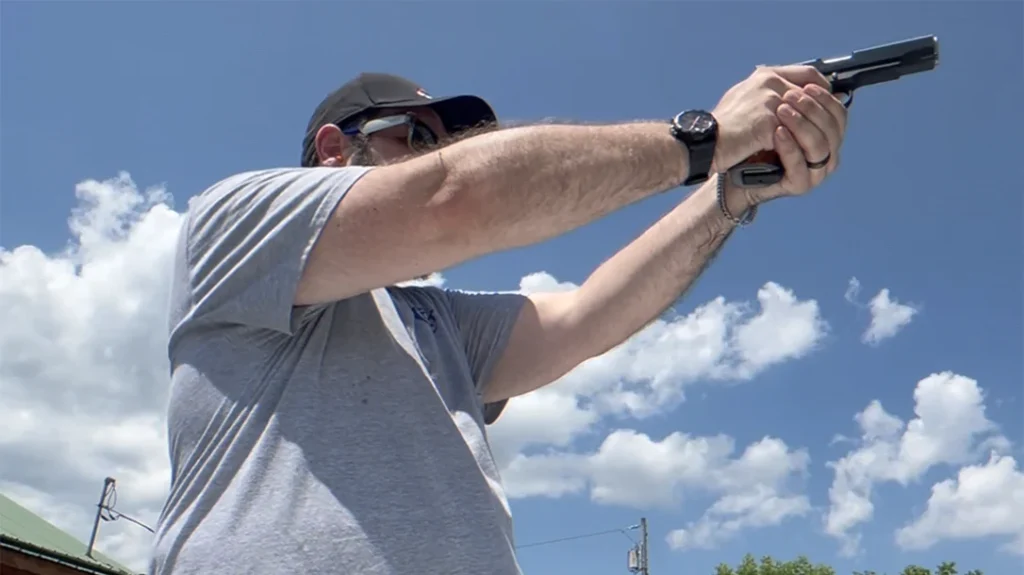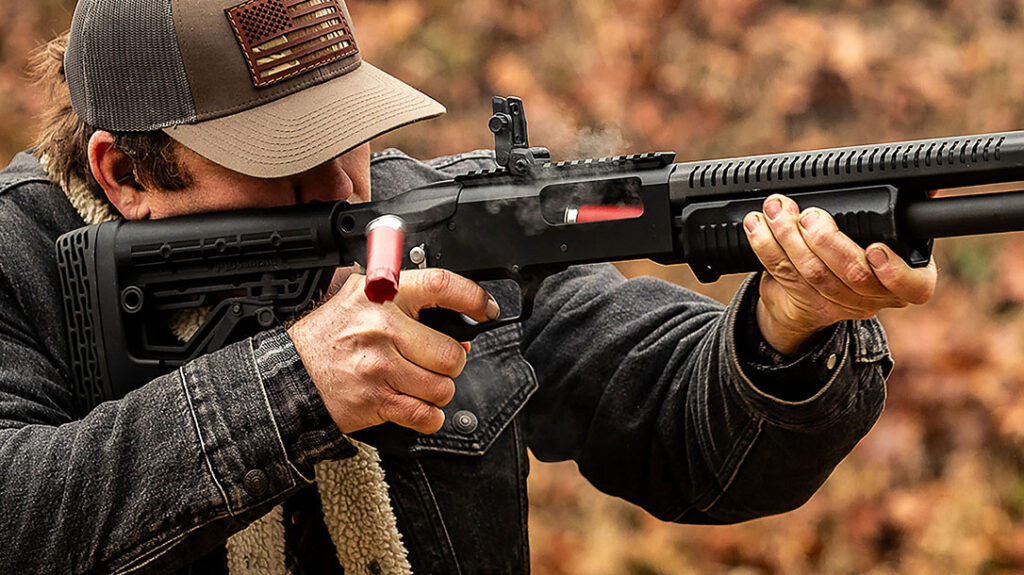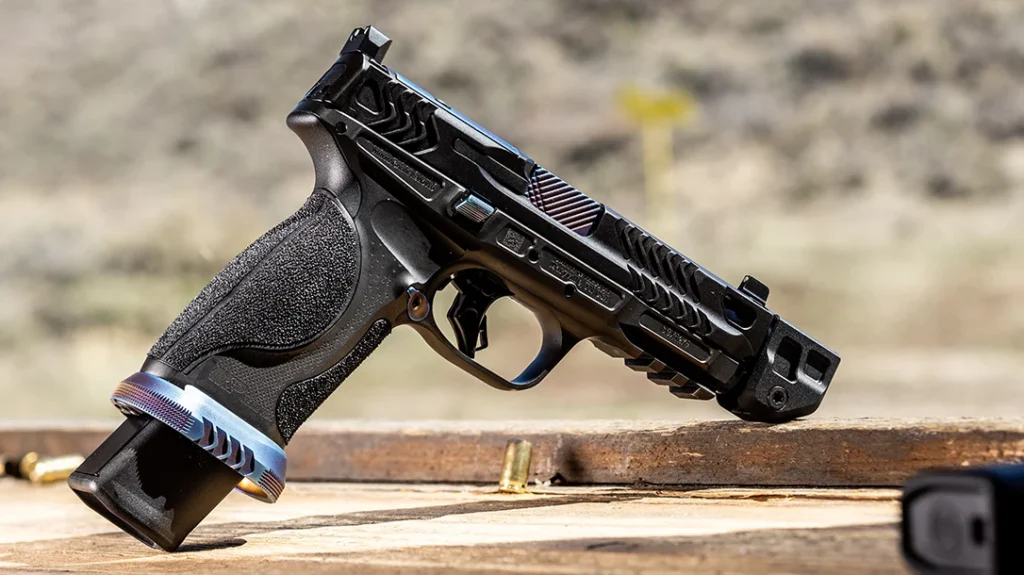Much like the advancement of the rifle RDS, pistol versions have undergone a significant transformation over the years. Early versions were huge, dots were iffy at best, and they all tended to be fairly fragile, especially the glass. However, over the years, red dot optics have taken on many various shapes and sizes. But when is too big, too big?
The Evolution of Red Dot Optic Platforms and Sizes
As with anything electronic, red dots are getting smaller, stronger, and more reliable with each iteration. Some of the smallest red dots are stronger, clearer, and more robust than the earliest “duty-ready” versions. At the same time, you can still put what amounts to a box car on your pistol if so desired, all in the name of being “duty capable.”
So, What is “Duty Capable”?
Being duty-capable used to mean something. Unfortunately, it has gone the way of “mil-spec.” Both are more slogans, sales gimmicks, and hype than reality these days. Just because it is hyped as duty-ready doesn’t mean it is, and plenty of other options are perfectly capable.
Advertisement — Continue Reading Below
Mostly, it is a way to charge people twice as much for something that may not be as capable as everything else. Another example is “police-only” ammunition, which is mostly repackaged “non-police-only” ammunition. Sure, there may be some cosmetic differences. However, it’s mostly something cooked up by marketing types and lawyers.
So, what is “duty capable,” really? I prefer to keep it simple. Is it capable of performing reliably and consistently under the conditions you actually consider “duty”?
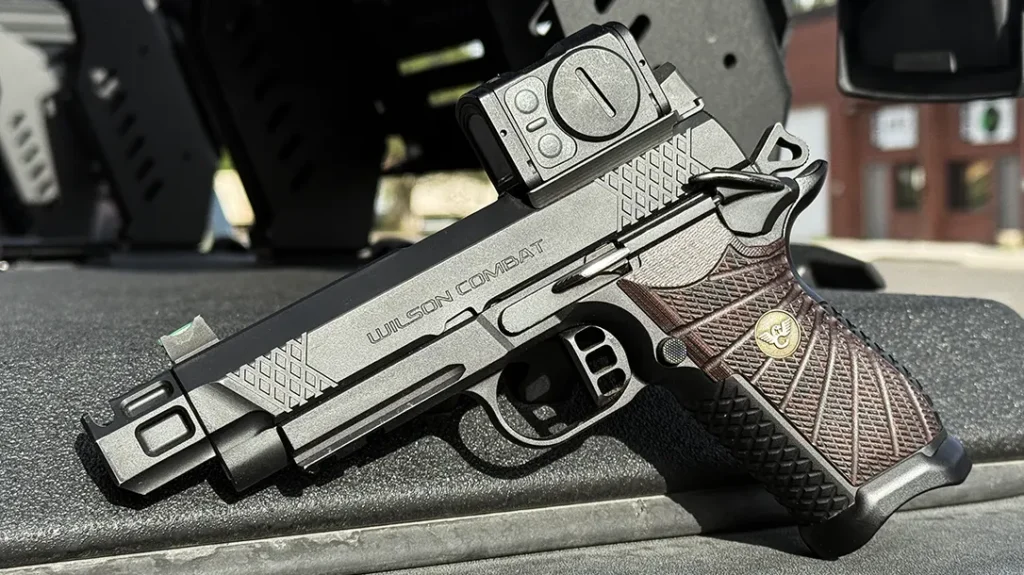
Advertisement — Continue Reading Below
If you are jumping out of an aircraft, falling off a tank, or running your gear over with one, then slap on the biggest, baddest, heaviest, and most costly thing you can afford to replace when it breaks. Because they all do.
Suppose your duty involves rolling out of a cruiser, never dropping your gun, avoiding driving over it, freezing it in a block of ice, burying it, or setting it on fire. In that case, your options are considerable and less costly. Just a plain old EDC carry should be sufficient.
Certainly, you can spend nearly a grand if you wish. However, do you really need to? Nope. Not anymore, at least.
Advertisement — Continue Reading Below
Does Size Really Matter?
Does the size of your RDS dictate its capability? In some cases, maybe. In most cases, not nearly as much as you might think. When it comes to application, it’s just a dot (or similar). Red Dots are aiming aids, and once the shooting starts, they all look the same.
There are quality differences for sure—shapes, sizes, and the like. However, the bottom line is that it’s a dot. Everything else around it provides adjustment, protection, and, well, obstruction. Generally, the bigger the box, the more it weighs, takes up space, and obstructs your view.
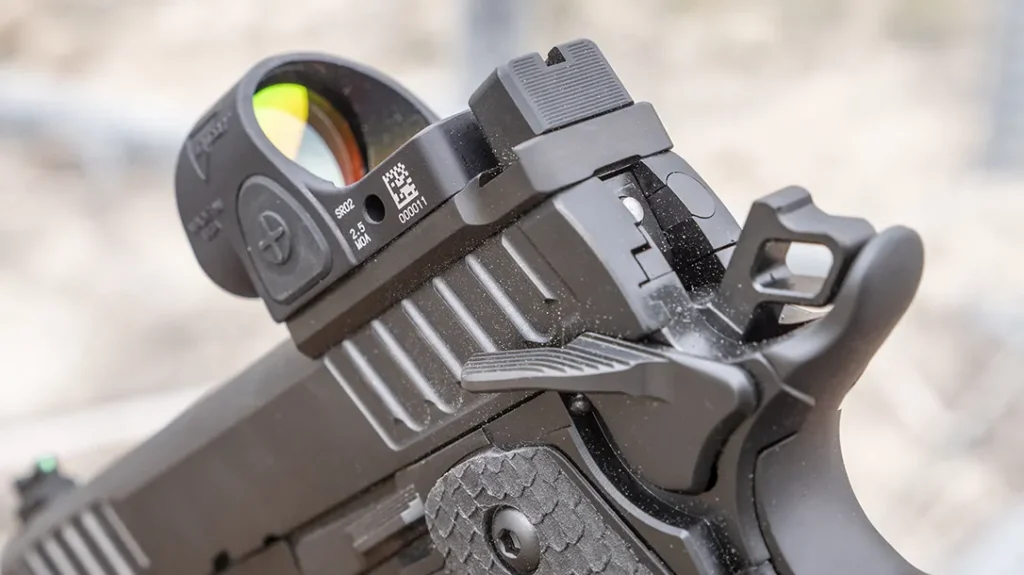
Advertisement — Continue Reading Below
There is no doubt that having an armored RDS makes it stronger. The question is, do you need it? For many, if not most, the answer is no. Nor can most afford to pay twice as much.
Is an Enclosed Emitter Worth the Size?
Enclosed emitters are a good example. While they do offer protection from the elements, mostly it’s a solution in search of a problem for all but a very small portion of the market. The vast majority of EDC, even LE, don’t hang out in the pouring rain, driving snow, or other conditions where it is an advantage.
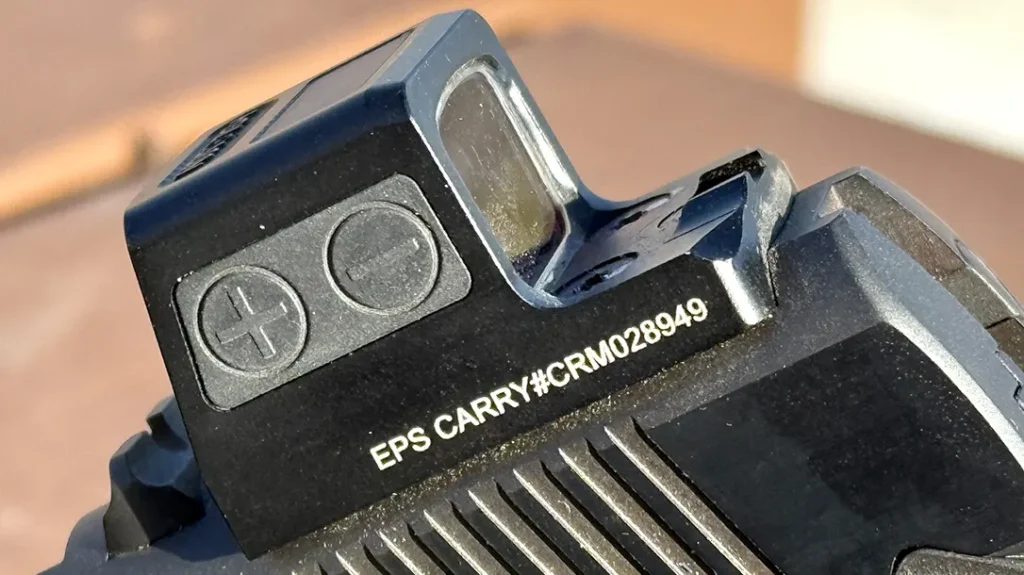
Advertisement — Continue Reading Below
If so, it’s a great option. But I carried an RMR in all of that for years without any issues. These days, my carry pistols never see rain or snow. In fact, given the nature of “concealment,” they are lucky to see daylight. Nor do I drop my guns, use them as hammers, throw them across the parking lot, or drive over them.
Have I broken red dots? Yep. Almost every brand out there. However, that’s why you train for dot-down drills. My current EDC uses a Shield Sights OMSsc with an open emitter that is small, light, and rugged. Your life depends on what you carry, so don’t use junk. But not everyone needs an RDS that’s half the size of your pistol.
The Bottom Line
I have “non-duty” capable RDSs that have seen thousands of rounds on numerous guns in real-life circumstances. They have been running for years without an issue. I also have a few “duty-capable” dots with cracked screens, after falling off a rock while trying to get the perfect picture.
Advertisement — Continue Reading Below
None of them is perfect. All of them are perfectly capable of failure when you most need them. As it pertains to dot size, I could probably write an entire article on that. With that said, just get one large enough to see when you need it.
Unlike a rifle, the chances you need a tiny dot for that 100-meter shot are rare. Much more likely is the need to acquire it quickly at 15 yards or less. So, choose accordingly. Now, green dots are starting to show up that don’t eat batteries for lunch.
My personal preference is 2.5 to 4 MOA for a pistol. Likewise, my recent use of an open circle has proven to be impressive.
Advertisement — Continue Reading Below
All in all, don’t buy junk if your life depends on it. If you don’t need to spend an extra $400 or more on a dot, spend it on ammo and practice. It will pay you a much greater dividend.

